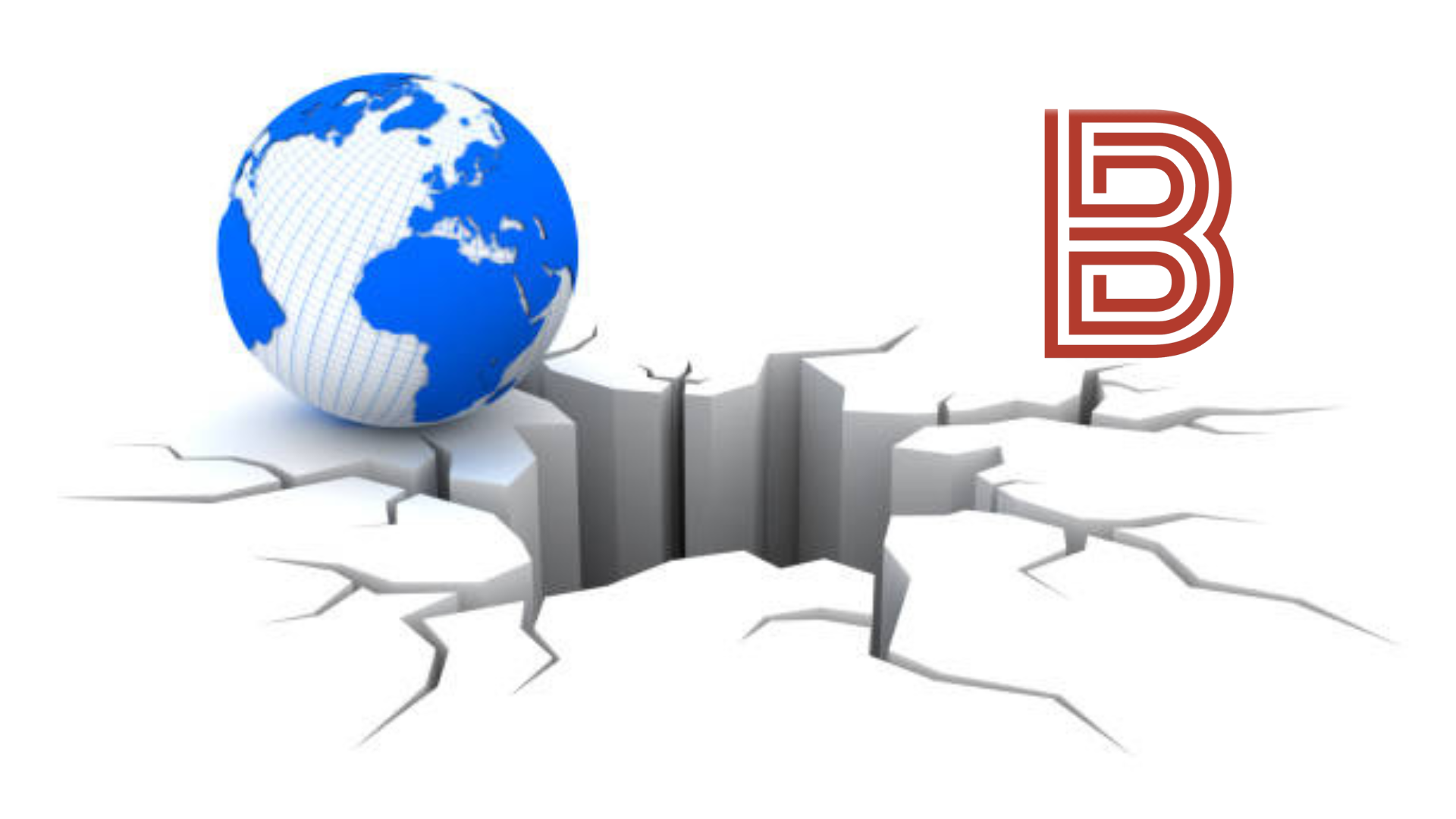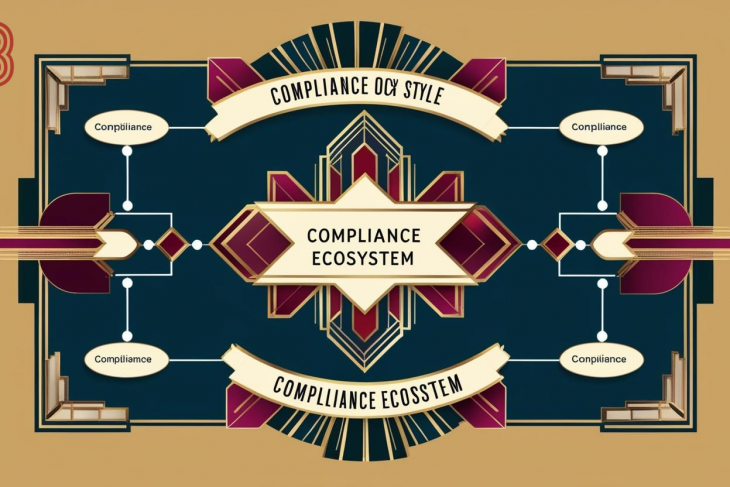
Introduction
In an era defined by rapidly shifting power dynamics, intensifying climate crises, economic volatility, and increasingly hybrid threats, the concept of geopolitical resilience has emerged as a critical strategic concern for states, institutions, and global alliances. Unlike traditional geopolitical strength, which emphasizes military prowess and economic dominance, geopolitical resilience is about the ability of a nation or system to absorb shocks, adapt to changing circumstances, and emerge stronger from adversity.
1. Defining Geopolitical Resilience
At its core, geopolitical resilience refers to a nation’s or region’s capacity to withstand and recover from disruptions in the international system. These disruptions may come in the form of:
Political instability or regime change
Military aggression or hybrid warfare
Economic crises or sanctions
Climate-induced disasters
Cyberattacks or technological disruptions
Global pandemics
Supply chain breakdowns
Geopolitical resilience is not about preventing these shocks altogether, which is often impossible in a globalized, interconnected world. Instead, it focuses on preparedness, adaptability, and recovery. It embodies a shift from traditional security paradigms to more holistic, system-oriented thinking.
2. Historical Perspective
Throughout history, geopolitical resilience has often determined the longevity and influence of civilizations. The Roman Empire, for instance, displayed resilience through its administrative adaptability and military logistics. Despite frequent invasions and internal power struggles, it endured for centuries due to its ability to integrate diverse peoples and respond to crises—until systemic weaknesses overwhelmed its adaptive capacity.
In contrast, the Soviet Union lacked the institutional flexibility and economic dynamism necessary to weather the storm of the late Cold War period. Its collapse in 1991 demonstrated how rigidity and centralization can become liabilities in the face of complex, evolving geopolitical challenges.
Post-World War II reconstruction in Western Europe, supported by the Marshall Plan, presents a more positive example. European countries demonstrated resilience by rebuilding not just infrastructure, but also governance systems, regional alliances (e.g., the EU and NATO), and a shared democratic identity.
3. The Pillars of Geopolitical Resilience
Geopolitical resilience depends on several interlocking dimensions:
a. Political Stability and Institutional Integrity
Resilient states are underpinned by legitimate, transparent, and adaptable political institutions. These structures enable crisis response, mitigate internal dissent, and maintain public trust.
Countries with robust legal systems and decentralized governance (e.g., Switzerland) are often more capable of adapting to both internal and external shocks.
Conversely, authoritarian regimes may display short-term control but often suffer from brittle institutions that struggle with long-term adaptability.
b. Economic Diversification and Strategic Autonomy
A resilient economy is diversified, innovative, and capable of strategic decoupling when necessary. Heavy reliance on a single export (e.g., oil) or a dominant trading partner (e.g., China) exposes countries to undue influence or vulnerability.
For example, Norway’s sovereign wealth fund and economic planning have provided ence in the face of fluctuating oil prices.
The European Union’s push for “strategic autonomy”—especially in critical sectors like energy, pharmaceuticals, and digital technologies—illustrates this pillar.
c. Military and Security Capabilities
While resilience is broader than military strength, credible defense capabilities remain essential, particularly for deterrence and crisis response.
Ukraine’s resilience since 2022 is not just a function of Western support but also its own military adaptation, asymmetric tactics, and civic mobilization.
Cybersecurity has also become a cornerstone of defense resilience, with countries investing heavily in critical infrastructure protection.
d. Social Cohesion and Civic Trust
A united, well-informed, and participatory society strengthens a state’s resilience. Social cohesion enhances a country’s ability to withstand internal pressures and disinformation campaigns.
Nations with high levels of social trust and institutional legitimacy can better manage health crises (e.g., the success of New Zealand in COVID-19 response).
Polarization, corruption, and inequality, by contrast, are key vulnerabilities.
e. Environmental Sustainability
Climate change is a major destabilizing force in geopolitics. Resilient nations recognize the interdependence of environmental and national security.
Water scarcity, food insecurity, and migration linked to environmental degradation are already reshaping regional geopolitics in the Sahel, Middle East, and South Asia.
Countries like the Netherlands have built climate resilience through adaptive water management and environmental planning.
4. Modern Case Studies in Geopolitical Resilience
a. Ukraine (Post-2014 and Post-2022)
Ukraine has emerged as a modern example of geopolitical resilience, especially following the 2014 annexation of Crimea and the 2022 full-scale Russian invasion.
Key elements of Ukraine’s resilience include:
Rapid reform of military doctrine and procurement
A highly engaged civil society and diaspora network
Strategic use of digital platforms for diplomacy and fundraising
Institutional adaptability under martial law
The country’s ability to rally domestic and international support in the face of existential threat highlights how national identity, strategic communication, and asymmetric capabilities can contribute to resilience.
b. Taiwan
Taiwan’s resilience lies in:
A technologically advanced economy with global influence in semiconductors
Robust democratic institutions and a vibrant civil society
Strategic partnerships, particularly with the U.S. and Japan
Ongoing investments in asymmetric defense and cyber capabilities
Despite constant pressure from China, Taiwan has managed to maintain its autonomy and global relevance, largely due to adaptive policy and economic integration with democratic allies.
c. The European Union
The EU, a supranational construct, has had to cultivate geopolitical resilience across multiple dimensions:
Internal cohesion among diverse member states
Energy resilience, especially in response to Russian gas manipulation
Digital sovereignty initiatives (e.g., GDPR, the Digital Markets Act)
Crisis management structures for pandemics and economic shocks
The post-Brexit recalibration, COVID-19 recovery plan, and response to the Ukraine war all illustrate how institutional learning and joint mechanisms can enhance continental resilience.
5. Emerging Threats and New Dimensions
a. Cyber Resilience
Digital infrastructure is now a frontline of geopolitical contestation. Cyberattacks target power grids, hospitals, elections, and financial systems.
Resilience in this space requires:
Public-private collaboration
Redundant systems and recovery protocols
Real-time intelligence sharing
Countries like Estonia have set global standards with their “digital embassies” and cyber-defense centers.
b. Information Warfare and Cognitive Security
Misinformation campaigns can fracture societies from within. Russia’s use of disinformation in Europe and Africa illustrates the power of narrative control.
Resilience strategies include:
Media literacy education
AI tools for deepfake detection
Public trust campaigns and transparent communication
c. Supply Chain Resilience
COVID-19 revealed the fragility of global supply chains. Resilient countries are:
Re-shoring or friend-shoring critical manufacturing
Diversifying suppliers
Investing in stockpiles of key resources
Semiconductors, rare earth minerals, and pharmaceuticals are top priorities.
- Strategic Frameworks for Building Geopolitical Resilience
Nations and alliances are increasingly institutionalizing resilience:
NATO 2030 Agenda emphasizes hybrid threats and climate resilience.
The U.S. National Security Strategy identifies resilience as a pillar of economic and technological leadership.
The UN’s Sustainable Development Goals (SDGs) frame resilience through a human security lens.
There is also growing convergence between resilience thinking and scenario planning, with governments adopting foresight tools to stress-test their policies.
7. Challenges and Trade-offs
While resilience is a noble goal, its pursuit is not without complications:
a. Over-Securitization
Framing too many issues through a security lens can erode democratic norms. For instance, surveillance justified by cybersecurity can lead to authoritarian overreach.
b. Resource Allocation
Building redundancy and reserves can be expensive. There is a tension between efficiency and resilience, especially in fiscally constrained environments.
c. Inequality and Resilience Gaps
Resilience can be unequally distributed. Wealthy nations can stockpile vaccines or build advanced defenses, while poorer regions face disproportionate risks.
This dynamic plays out in vaccine diplomacy, climate adaptation, and technological access.
8. The Role of Global Governance
No country is fully resilient in isolation. Global resilience requires:
Multilateral coordination (e.g., WHO, UNDRR, IMF)
Global public goods like pandemic warning systems
Collective deterrence against cyber and kinetic threats
Climate compacts that support adaptation financing
The fragmentation of the global order—with rising multipolarity and populist backlash—poses a direct threat to this cooperative foundation.
9. Future Outlook
As global systems become more interdependent and exposed to complex risks, geopolitical resilience will only grow in importance.
Key future trends include:
AI-driven early warning systems for geopolitics
Quantum cybersecurity to protect critical infrastructure
Transnational resilience pacts among middle powers
Urban resilience as cities become strategic nodes
The era of “just-in-time” globalization is giving way to “just-in-case” resilience planning, where redundancy, adaptability, and foresight are strategic imperatives.
Summary
Geopolitical resilience is no longer a luxury—it is a strategic necessity. In a world of rising systemic shocks, power is shifting not only to those who wield influence, but to those who can endure, recover, and adapt. Whether in military strategy, economic planning, technological governance, or climate adaptation, resilience must be embedded in every layer of policy.
As nations, institutions, and societies confront an uncertain future, the question is no longer whether disruptions will come—they will. The real question is: Who will be ready for them?




















